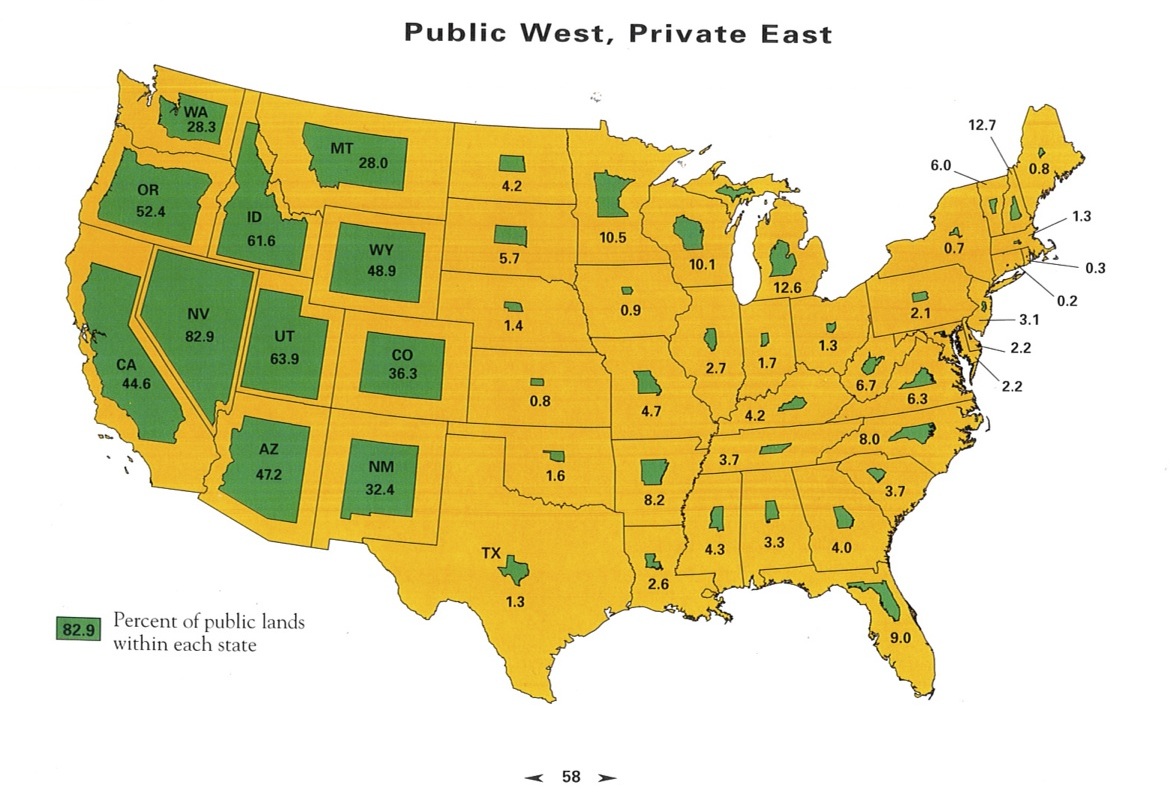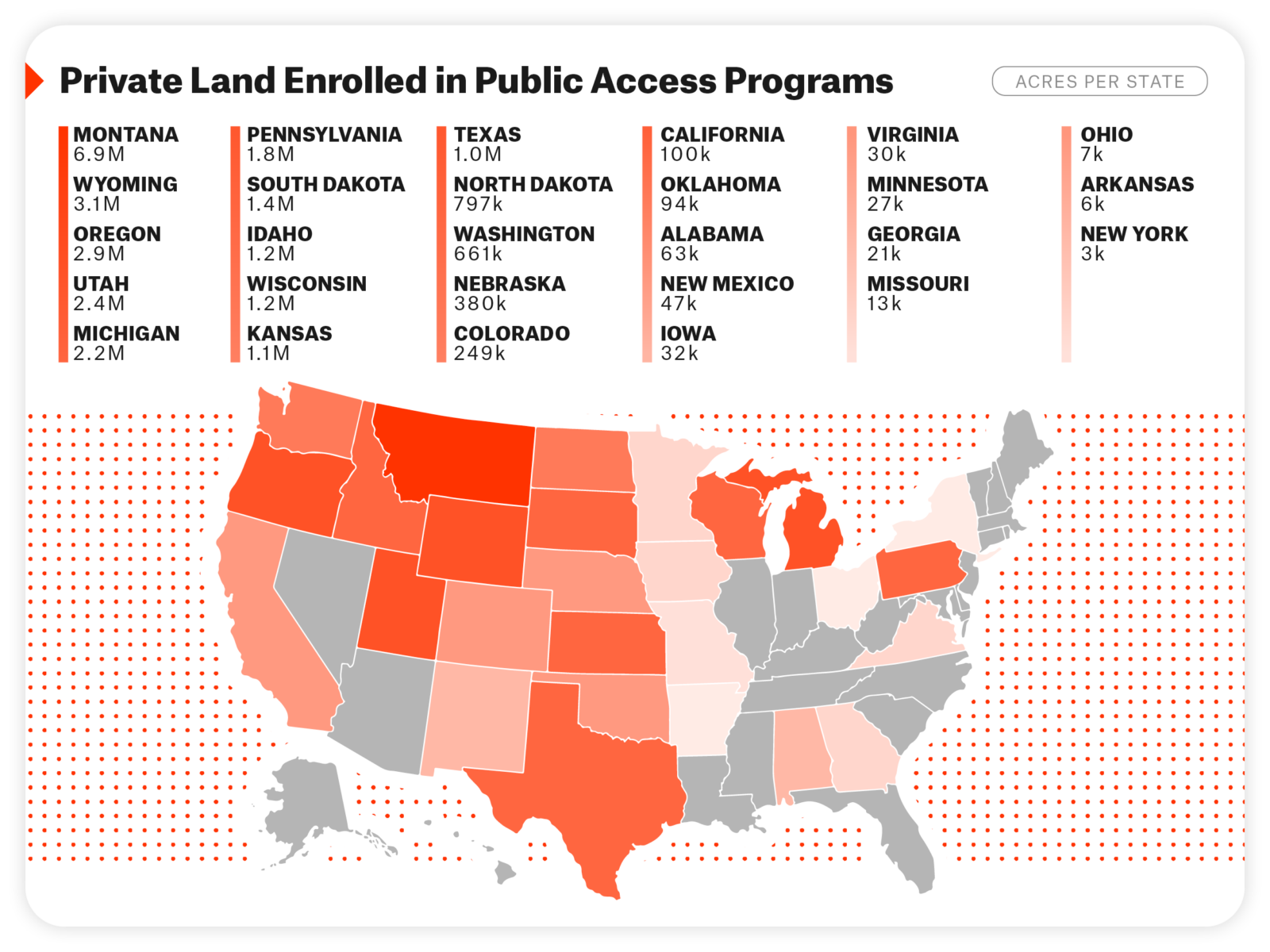Private land for public use has become a topic of increasing interest and debate in recent years. The idea of leveraging privately owned land for public benefit raises important questions about property rights, urban planning, and community development. As cities grow and land becomes more valuable, understanding how private land can serve public purposes becomes essential for sustainable growth.
From parks and recreational areas to transportation infrastructure, the concept of private land for public use is transforming how we think about urban spaces. This approach offers potential solutions to challenges like overcrowding, limited green spaces, and inadequate infrastructure. However, it also raises legal, ethical, and logistical concerns that must be carefully considered.
In this article, we will delve into the complexities of private land for public use, exploring its benefits, challenges, and real-world applications. By examining case studies, expert opinions, and relevant data, we aim to provide a comprehensive overview of this important topic, equipping readers with the knowledge they need to engage in informed discussions.
Read also:Who Is Kendrick Lamar Dating Exploring The Life And Relationships Of The Renowned Artist
Table of Contents
- Understanding the Concept of Private Land for Public Use
- Legal Framework and Regulations
- Benefits of Private Land for Public Use
- Challenges and Obstacles
- Case Studies: Successful Implementations
- Economic Impact of Private Land for Public Use
- Environmental Considerations
- The Role of Community Engagement
- Future Trends and Innovations
- Conclusion and Call to Action
Understanding the Concept of Private Land for Public Use
The concept of private land for public use refers to the practice of utilizing privately owned land for purposes that benefit the general public. This can include parks, roads, recreational facilities, and other infrastructure projects. While the land remains privately owned, it is made accessible or available for public use under specific agreements or regulations.
Defining Private Land for Public Use
To better understand this concept, it is important to distinguish between ownership and usage rights. Private landowners retain legal ownership, but they agree to allow public access or use under certain conditions. This arrangement can be formalized through legal agreements, zoning laws, or public-private partnerships.
- Ownership remains with the private entity.
- Public access is granted under specific terms.
- Agreements often include provisions for maintenance and liability.
Historical Context
The practice of using private land for public purposes dates back centuries, with examples ranging from medieval commons to modern urban development projects. In recent decades, the concept has gained renewed attention due to growing urbanization and the need for innovative land-use strategies.
Legal Framework and Regulations
The legal framework surrounding private land for public use varies by jurisdiction, but it generally involves a combination of property law, zoning regulations, and public policy. Understanding these legal aspects is crucial for ensuring compliance and protecting the rights of all parties involved.
Key Legal Considerations
Several legal principles govern the use of private land for public purposes:
- Eminent Domain: The power of the government to acquire private property for public use, with just compensation.
- Zoning Laws: Regulations that dictate how land can be used within specific areas.
- Public-Private Partnerships: Collaborative agreements between private entities and government agencies.
Regulatory Challenges
Implementing private land for public use often involves navigating complex regulatory landscapes. Issues such as property rights, environmental impact, and community consent must be carefully addressed to avoid legal disputes.
Read also:Lori Shark Tank A Comprehensive Guide To The Iconic Investors Journey
Benefits of Private Land for Public Use
The use of private land for public purposes offers numerous benefits, both for the community and the landowner. These advantages contribute to the growing interest in this approach as a solution to urban planning challenges.
Community Benefits
- Increased access to recreational spaces.
- Improved infrastructure and transportation options.
- Enhanced quality of life for residents.
Economic Advantages for Landowners
- Potential tax incentives for contributing to public projects.
- Increased property value due to improved surroundings.
- Opportunities for collaboration with public entities.
Challenges and Obstacles
Despite its benefits, private land for public use is not without challenges. Legal, financial, and social obstacles can complicate implementation and require careful planning to overcome.
Legal Challenges
One of the primary challenges is ensuring that all parties' rights are protected under the law. This involves drafting clear agreements, addressing liability concerns, and obtaining necessary permits.
Financial Considerations
Funding public projects on private land can be a significant hurdle. Costs related to development, maintenance, and liability insurance must be accounted for, often requiring creative financing solutions.
Case Studies: Successful Implementations
Several cities around the world have successfully implemented private land for public use initiatives. These case studies demonstrate the potential of this approach when executed effectively.
New York City's High Line
The High Line in New York City is a prime example of private land being repurposed for public use. Originally an abandoned railway, it was transformed into a vibrant public park through a public-private partnership. The project has revitalized the surrounding area and become a popular attraction.
Singapore's Sky Gardens
In Singapore, private developers are incentivized to create sky gardens and green spaces on their properties, which are then made accessible to the public. This initiative has contributed to the city's reputation as a "Garden City" while promoting sustainable urban development.
Economic Impact of Private Land for Public Use
The economic implications of private land for public use are significant. By leveraging private resources for public benefit, cities can achieve cost savings and stimulate economic growth.
Cost Savings for Governments
Governments can reduce expenses associated with land acquisition and development by partnering with private entities. This allows them to allocate resources more efficiently and focus on other priorities.
Job Creation and Economic Growth
Projects involving private land for public use often create jobs and stimulate local economies. From construction to maintenance, these initiatives provide opportunities for employment and business growth.
Environmental Considerations
Environmental sustainability is a key consideration in private land for public use projects. These initiatives can help address pressing environmental issues such as climate change, biodiversity loss, and urban heat islands.
Green Spaces and Urban Cooling
Creating green spaces on private land can mitigate the urban heat island effect and improve air quality. Trees and vegetation absorb carbon dioxide and provide shade, contributing to a healthier urban environment.
Biodiversity Conservation
Private land for public use can also support biodiversity by preserving natural habitats and creating corridors for wildlife. This approach aligns with global efforts to protect ecosystems and promote sustainability.
The Role of Community Engagement
Community involvement is essential for the success of private land for public use projects. Engaging stakeholders from the outset ensures that the needs and concerns of residents are addressed, fostering a sense of ownership and collaboration.
Public Participation in Planning
Involving the community in the planning process helps ensure that projects meet local needs and priorities. Public meetings, surveys, and workshops can facilitate meaningful dialogue and gather valuable input.
Building Trust and Consensus
Building trust between private landowners, government agencies, and the community is crucial for overcoming resistance and achieving shared goals. Transparent communication and inclusive decision-making processes are key to this effort.
Future Trends and Innovations
The future of private land for public use holds exciting possibilities, driven by technological advancements and shifting societal priorities. Emerging trends such as smart cities, green infrastructure, and community-led initiatives are shaping the landscape of urban development.
Technology and Innovation
Technological innovations such as smart sensors, data analytics, and renewable energy systems can enhance the functionality and sustainability of private land for public use projects. These tools enable more efficient management and monitoring of public spaces.
Policy and Regulatory Evolution
As the concept gains traction, governments are likely to update policies and regulations to better support private land for public use initiatives. This evolution will provide clearer guidelines and incentives for stakeholders.
Conclusion and Call to Action
In conclusion, private land for public use represents a powerful approach to addressing urban planning challenges and promoting sustainable development. By leveraging privately owned land for public benefit, cities can create vibrant, inclusive spaces that enhance quality of life for all residents.
We invite readers to engage with this topic further by exploring related resources, sharing their thoughts in the comments section, and advocating for innovative land-use policies in their communities. Together, we can shape a brighter, more sustainable future for our cities.
For further reading, consult reputable sources such as the Urban Land Institute, the World Resources Institute, and local government publications on urban planning and land-use policies.

